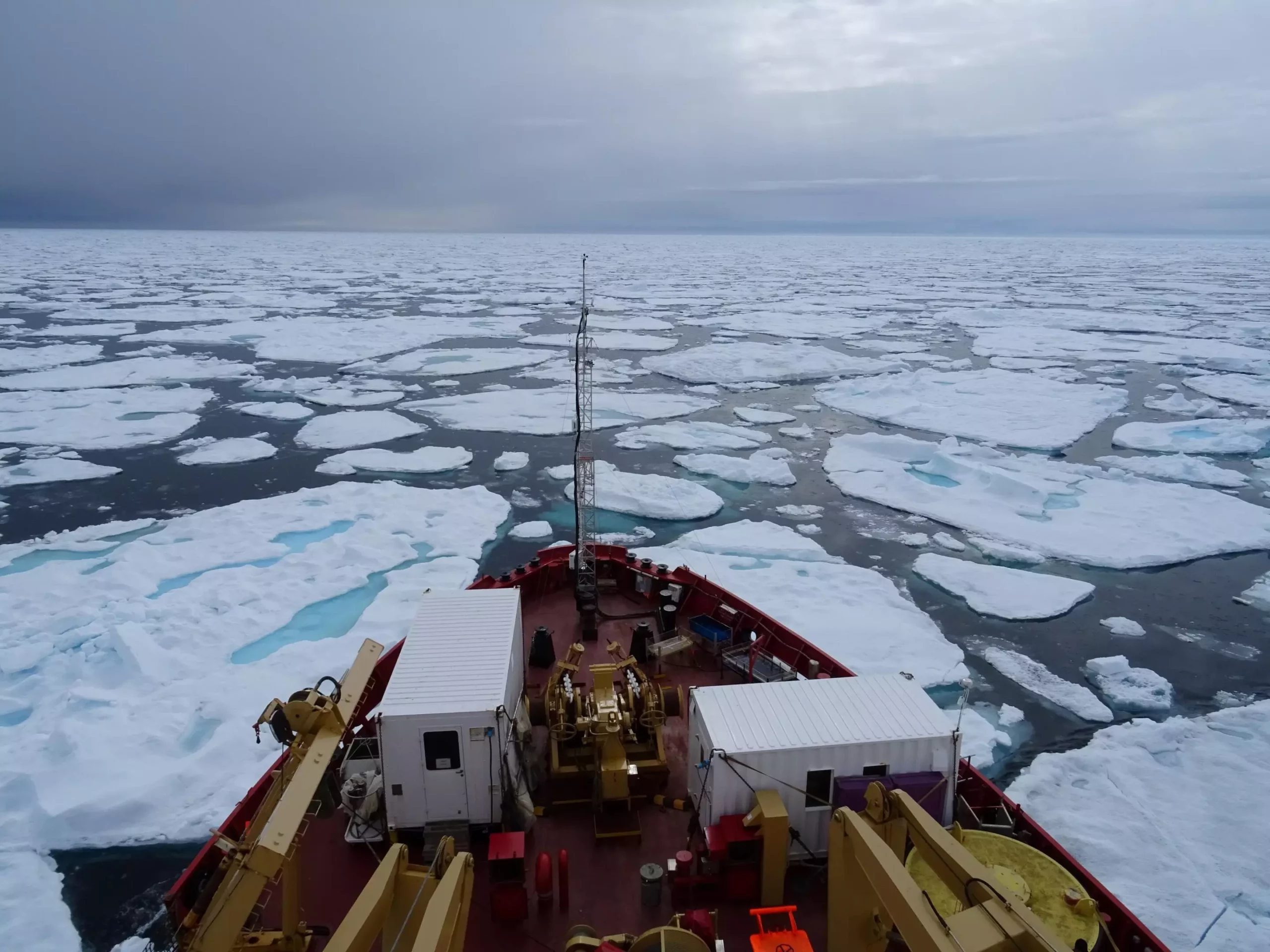The narrative surrounding global warming often focuses on the optimistic perspective of melting ice creating new trade routes. The Northwest Passage (NWP), running through the Canadian Arctic Archipelago (CAA), is frequently cited as a potential shortcut between the Atlantic and Pacific Oceans, poised to reshape global shipping dynamics. However, a recent study published in Communications Earth & Environment flips this perspective on its head, revealing that sea ice—rather than diminishing—has been increasing in thickness and volume, which drastically shortens the shipping season in the NWP.
The Data Speaks: Shortened Navigable Seasons
Researchers led by Alison Cook have examined sea ice data from the Canadian Ice Service for the period from 2007 to 2021, measuring the navigability of various sections of the NWP. Their findings are startling: key sections of the northern route have experienced substantial decreases in the number of weeks they can be traversed safely by ships. Some areas, such as the eastern edge of the Beaufort Sea, have seen declines approaching 14 weeks, while other choke points like the M’Clure Strait faced five fewer navigable weeks. This new data introduces a sobering question: has our hope in the NWP as a viable shipping option been misplaced?
The Safety Dilemma: Old Ice vs. New Ice
Central to these navigation challenges is the characterization of the sea ice itself. Instead of predominantly encountering young, thin ice—the type that permits expedient passage—ships are now contending with older, thicker ice, which has flowed south due to climate dynamics. This substantial change in ice composition enhances navigational risks for shipping endeavors, making the earlier assertions of the NWP as an emerging trade corridor highly ambitious at best. Older ice is more likely to cause damage to ships, posing a significant financial and safety liability for commercial enterprises.
A Local Ripple Effect: Implications for Coastal Communities
Beyond the shipping industry, these trends have alarming implications for coastal communities in the CAA. Many of these communities rely on maritime shipping for crucial supplies ranging from food to medical equipment. The decreasing length of the navigable season does not merely hinder international trade; it undermines local stability and intricately links to the broader impact of climate change on smaller, possibly vulnerable populations. The disconnect between the expectations of trade routes opening up and the reality faced by these communities presents a complex challenge exacerbating existing vulnerabilities.
A Call for Realism Amidst Hope
In the face of these findings, it becomes clear that optimism about Arctic shipping routes must be tempered with realism. The NWP’s potential as an alternative shipping lane may have been overstated, serving more as an overreliance on optimistic forecasts rather than data-driven analysis. While the changing Arctic landscape captures the imagination of many, it is imperative that policymakers focus on the repercussions of these changes rather than solely celebrating potential economic opportunities. Adapting to a world where shipping routes are increasingly hazardous due to climate change should take precedence over large-scale aspirations to exploit what may no longer be viable.


Leave a Reply